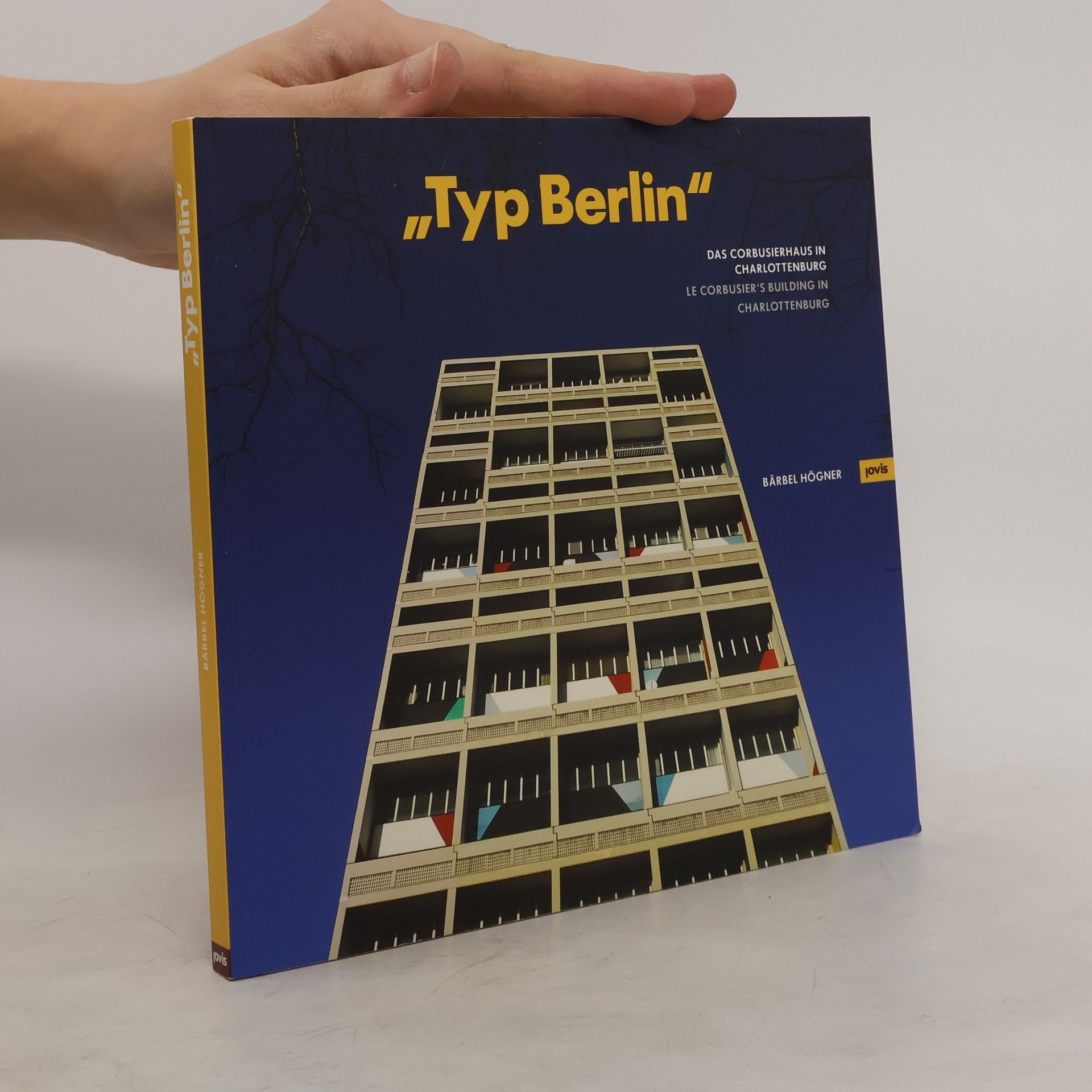Chandigarh
- 175 stránok
- 7 hodin čítania
In the nineteen-fifties the architectural profession turned its gaze towards India where Le Corbusier had been commissioned to build an ideal modern city. Today, Chandigarh is a pulsating metropolis while, at the same time, the originally planned city was able to retain its garden city character. In her extensive urban portrait, the photographer and ethnologist Ba rbel Ha ndel investigates the alleged contradiction between European modernism and Indian lifestyle. This book presents a range of photographs and texts that exemplify the local modernism of the gesamtkunstwerk that is Chandigarh. With ethnographic flair, the author looks at the adoption of the star architect's systems of rules and regulations. Alternating between architecture and scenes from daily life, her images paint a multifaceted picture of "Living with Le Corbusier" in this unique planned city in India.

